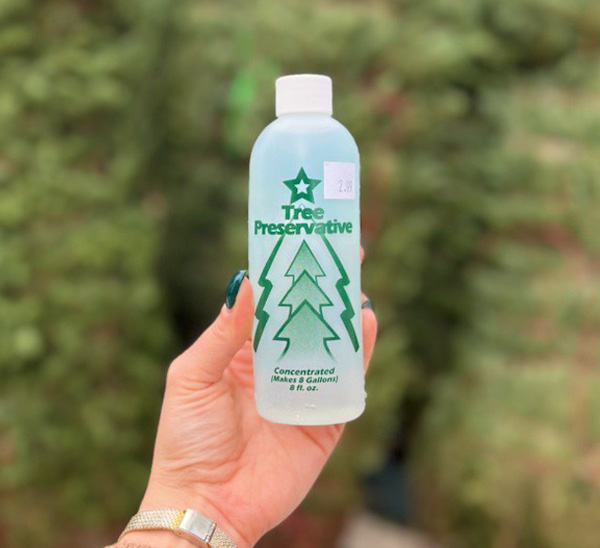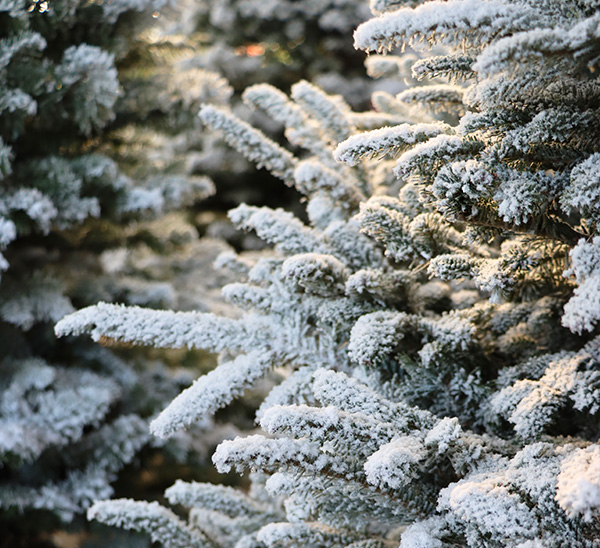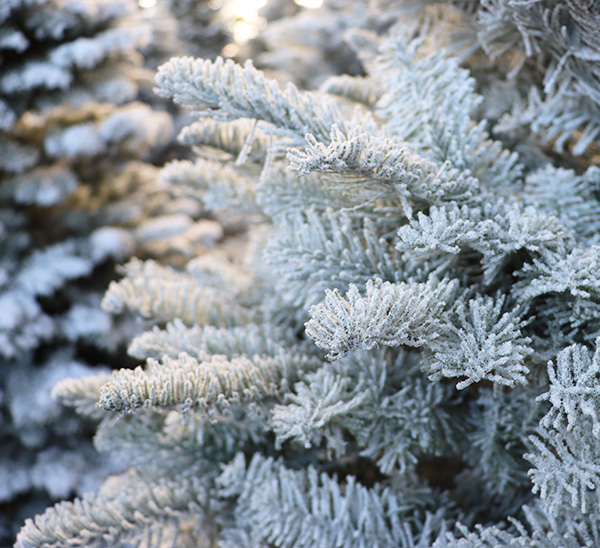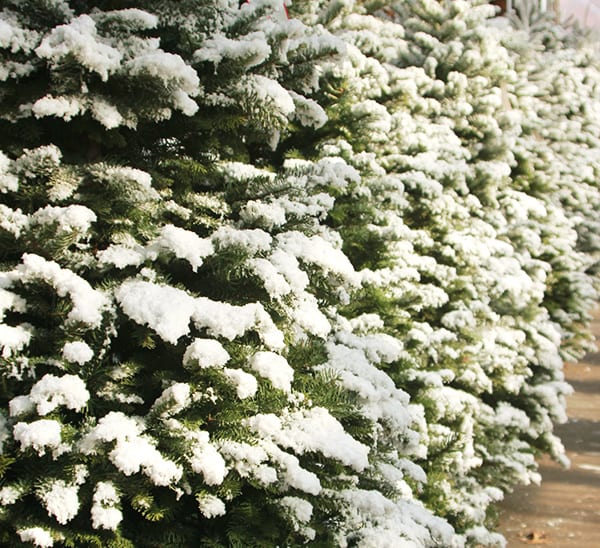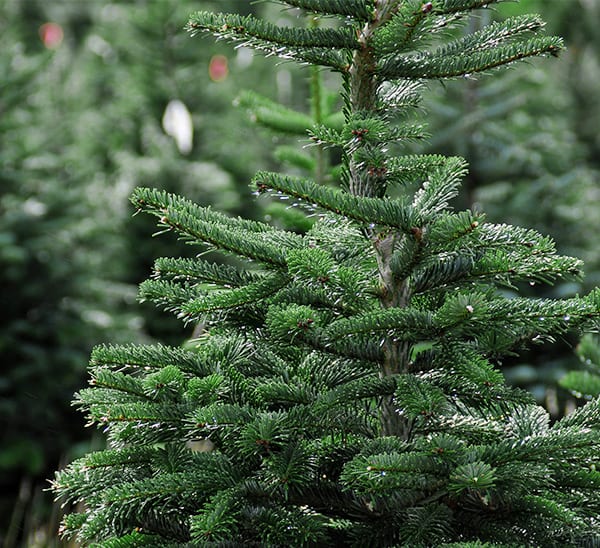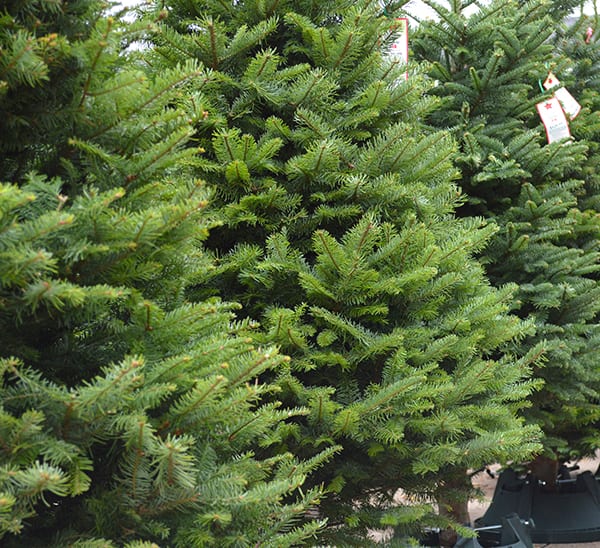Christmas Trees
Life-like Trees
-
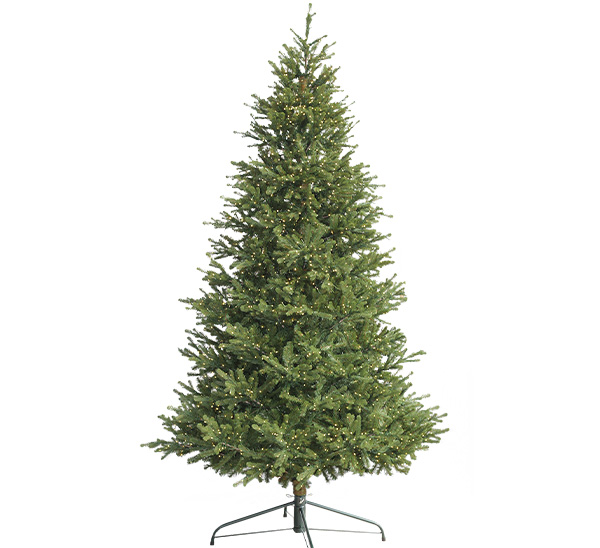 Shop Online*Only Available at
Shop Online*Only Available at
Carolina Fraser Fir 9′ Clear Lights
$999.99Original price was: $999.99.$799.99Current price is: $799.99. Read more -
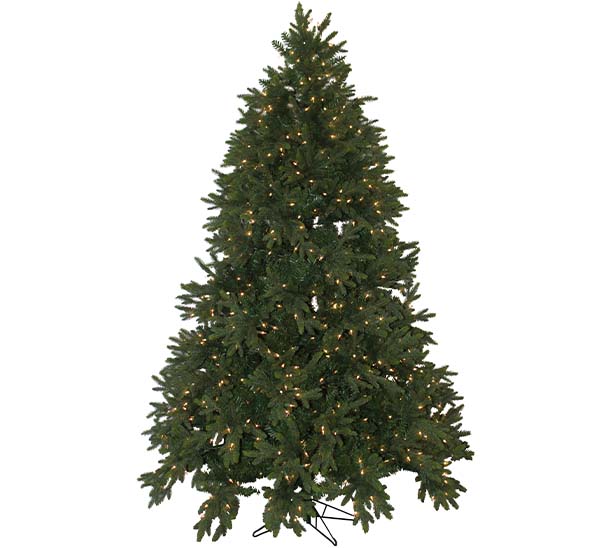 Shop Online*Only Available at
Shop Online*Only Available at
Trinity Pine 7.5’ Clear Lights
-
 Shop Online*Only Available at
Shop Online*Only Available at
Trinity Pine 9’ Clear Lights
-
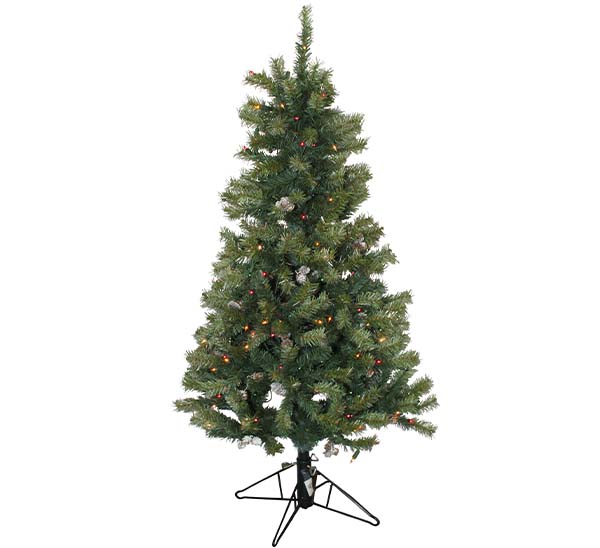 *Only Available at
*Only Available at
Silver Stone 4.5’ Multi Lights
-
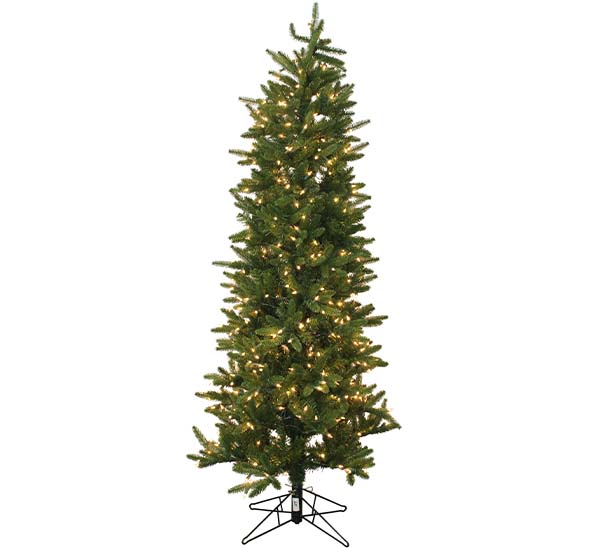 Shop Online*Only Available at
Shop Online*Only Available at
Henderson Spruce 6.5’ Clear Lights
-
 Shop Online*Only Available at
Shop Online*Only Available at
Henderson Spruce 4.5′ Clear Lights
-
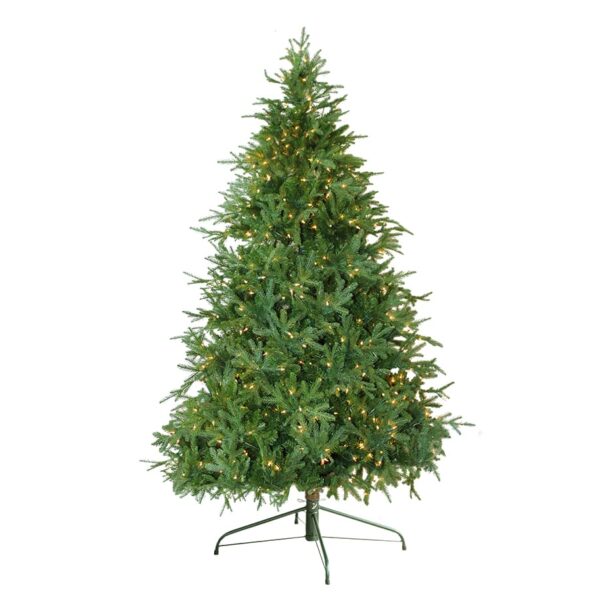 *Only Available at
*Only Available at
Fairfield Frasier 9′ Clear Lights
-
 *Only Available at
*Only Available at
Flocked Durham Pine 9′ Clear Lights
-
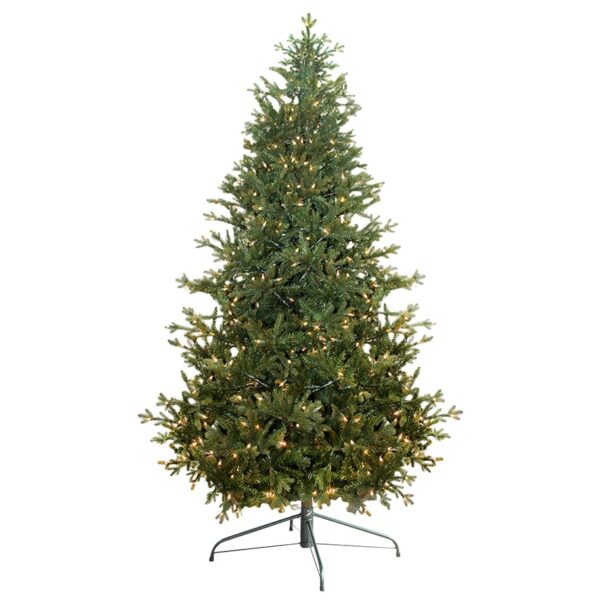 Shop Online*Only Available at
Shop Online*Only Available at
Jamestown Fir 9′ Clear Lights
-
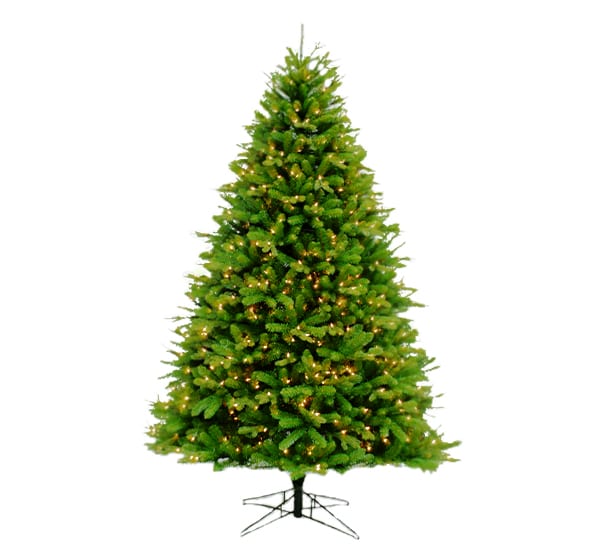 Shop Online*Only Available at
Shop Online*Only Available at
Canadian Balsam Fir 12′ Clear Lights
Christmas Trees
It’s getting to that time of year when we all want a little natural festivity in our house with some Christmas trees decorated to light up our space. When it comes to looking for a Christmas tree, there are many things to consider: the type of tree, the source, and how safe the tree is for your home and traditions. Calloway’s Nursery and Cornelius Nursery have a wide selection of real trees and lifelike trees. We call our artificial trees because they are so lifelike your friends and family may have a hard telling the difference until they actually touch the tree.
Types of Christmas Trees
There are many considerations when choosing your perfect Christmas tree: you will want to look at the type, price, and height. If you are considering an artificial or lifelike tree, you will want to consider storage options for the tree as well.
In 2018, History.com named the best-selling trees as the Fraser Fir, the Balsam Fir, the Douglas Fir, the Scotch Pine, and the White Pine. You can get these types in both live trees and artificial, to fit the look, width, and feel you want in your home.
When looking at the height of your home, you have to consider a few things: the height of the tree, the height of your ceiling, and the height of your tree stand. Once you know how tall your stand and ceiling are, you can start thinking about your tree. A good starting point is to try to leave six inches to one and a half feet between the top of the tree and your ceiling. This range leaves you with plenty of room to move around to put up lights and a topper. Not to mention, it saves the ceiling from the risk of damage.
The cost of your tree depends on many factors. Real trees and artificial trees will have different price points, and the brand, type, and height will also contribute to the overall cost. Calloway’s and Cornelius Nurseries offer a large selection of Christmas tree products to help you find the perfect match for you and your home.
Stop by our store to look for your holiday setup. We offer trees with pre-wrapped lights to help minimize your holiday stress, with like-like looks, snow-covered options, or fun colors to spice up your Christmas.
Real Christmas Trees
Who doesn’t love the farm-fresh smell of pine in the winter? And the bright green of a Fraser or fir tree tucked away in the corner of your home invites holiday spirit in such a unique way. Many people prefer a real Christmas tree for the season, but there is a great deal to take into consideration before you choose your tree.
Needles on a Live Tree: The Test of Health
Christmas trees and many other evergreens are easily recognizable due to their needle-like leaves. Where an artificial Christmas tree holds the needles tightly in place, a live tree will shed its needles as time goes by. The longer the tree is off the farm, the more needles will gather underneath. The needles are also a good indicator of the health of the Christmas trees you have in your home. First, you can give your tree a light shake. If many needles are falling out, your tree is likely under-watered. A dried-out tree can pose a fire risk.
Next, you can bend a few needles. If they are flexible and bend easily, your tree is healthy. If they snap, they are not getting enough water, and your Christmas tree is not getting enough water. Remember, these trees will continue to need a water source for up to six weeks after you bring it home from the tree farm, and larger trees can take in up to a gallon a day. Forgoing water for your Christmas tree is a fire hazard, and if a dry fir catches flame, the whole thing goes up rather quickly.
Pet Safety with Real Christmas Trees
Do you have pets? Having real Christmas trees around pets could keep you on your toes. Yes, dogs and cats are known to knock down trees, pull on the tinsel, and get into the presents too early, but there are a few other contentions between house pets and the holiday evergreens.
The natural oils fir trees produce are considered ‘mildly toxic’ to many dogs and cats. In most cases, this only causes a mild stomachache, but if you catch your pet nibbling on a branch, keep an eye on them. Another concern is the needles themselves. They pose a risk to your pets if they are eaten as they can potentially puncture their intestinal lining.
However, the biggest thing to watch out for is the water used to keep your Christmas trees alive. These trees need a lot of water, so a bowl or other water supply is often set up beneath the tree. Plant food mixes are mixed in. But these mixes can contain chemicals like preservatives and fertilizers that-despite keeping your plants green-will not mix well with an animal’s health.
Real Christmas Trees from Calloways’ and Cornelius Nursery
Calloway’s Nursery and Cornelius Nursery have a broad selection of real, fresh-cut Christmas Trees. Stop by our stores and pick your perfect tree.
Life-Like Artificial Christmas Trees from Calloway’s and Cornelius Nursery
Instead of bringing a real tree inside for the holidays, some choose to decorate an artificial Christmas tree. Today’s modern versions are hard to distinguish from a live tree. These days, artificial trees can look as lifelike or as whimsical as you want. You get to choose the style, type, color, and height that best fits your holiday look.
How Are Artificial Christmas Trees Made?
Attempts to create artificial Christmas trees have been ongoing since the late 1800s. Early versions were made of goose feathers dyed green and fastened to wires, which were then attached to a dowel that acted as the trunk. Some trees were produced that were made from cleaning brush bristles to make a sturdier and less flammable branch. Aluminum models were produced in Chicago in 1958 and spread in popularity until A Charlie Brown Christmas was released in 1965. When the movie expressed a distaste for the aluminum version, so did customers at large.
Plastic trees are the current favorite for artificial trees. They are made from PVC plastic, making them fire-retardant. The core-or trunk- of the tree is generally made of steel, and the branches are a combination of wire and PVC plastic covered in PVC needles.
The needles, branches, and trunk can all be made in any color. Many brands decide to stick to the realistic route, maintaining green and brown as the primary colors. Some have fun and choose to make their trees white, or even pink, all the way through.
From there, some trees get flocked. To flock a tree is to cover its branches in a snow-like white powder or spray to give it the look of a perfect winter wonderland tree. While a hands-on customer may want to flock their realistic tree themselves, many brands and manufacturers provide flocked Christmas trees for you.
Once you know the look you want your tree to have-Realistic? Colorful? Snowy tips?-you can choose the decorations. Many Christmas trees can be purchased with the lights all ready to go for you. Without the need to deal with detangling strings of lights each year, watering your tree, or search for a new tree, artificial trees provide the perfect minimum-effort holiday decoration while still allowing plenty of opportunities to customize your space.
Can an Artificial Christmas Tree be Recycled?
Many of us are trying to be more eco-friendly in our day-to-day lives. We can continue this lifestyle choice during holiday times by ensuring our lifelike Christmas trees are safe for the environment and don’t get wasted.
Most artificial Christmas trees these days are safe to place outside. The materials used to make them are sturdy and can stand up to the elements. If your tree already has lights, be sure to check that they are safe for outdoor use. Otherwise, they could cause a problem. But the Christmas tree itself should be able to stand up to the weather once it’s firmly stood in the perfect location.
Should you ever decide your Christmas tree is ready to move on-maybe you’re ready for an upgrade or want to try a new color-there are ways to safely dispose of the tree besides throwing it in the trash. One solution that fits the Christmas spirit is to donate the tree. Schools, nursing homes, charities, and local non-profit organizations will likely be gathering supplies and donations of all sorts to help local families to have a happy holiday. A gifted Christmas tree could be the perfect gift.
Another option is to repurpose your old Christmas tree into something new. Take the branches and mold them into a new wreath or garland, decorated with the lights and ornaments you would have had on the tree. Now you can continue to enjoy the greenery even if a piece breaks off the tree as a whole.
A third option would be to find your local recycling center and bring your tree there. Break the tree down as small as you can for both your and their convenience. It also helps to remove all additional decorations like lights, tinsel, or star toppers. Many cities offer tree pickups, as well. If you live in one of these areas, you may only have to set your artificial Christmas tree out on the curb at the end of the season to be picked up.
Our Lifelike Artificial Christmas Trees
Cornelius and Calloway’s offer a wide selection of lifelike Christmas trees. You can choose from many different types, including Calgary Pine, Frasier Fir, and Nordic Fir. We offer realistic coloring and fun pink styles. And of course, many of our trees can come with flocking coating each branch.
Come to one of our locations to find the perfect tree for your start topper to sit on and the ideal tree for you to feel the holiday love around come Christmas morning.
Where did the tradition of the Christmas tree come from?
Historians often credit Germany as the origin as the Christmas tree tradition as we know it today because the first written reference to a Christmas tree was in Germany in 1531, though there have been winter celebrations involving evergreen plants in many other cultures. In the 16th century, German Christians started to take the evergreen plants-especially the trees-that they had brought into their homes and decorate them with lights. One version of the story suggests that it was Martin Luther, of protestant reformation fame, who was the first to add lit candles to a tree. He was composing a sermon as he walked home one night, and his attention was caught by the beauty of the stars above him through the evergreens. In an attempt to display this beauty for his family, he placed a tree in his home and used wire to hold lighted candles in its branches.
However, people all over the world had been using evergreens for both decorative and celebratory purposes long before Martin Luther’s walk through the woods. They were especially relevant on the winter solstice, also known as Yule, the Longest Night, Midwinter, and Jól. The winter solstice is the shortest day and longest night of the year, which makes it spiritually significant to many cultures.
Ancient Egyptians, Romans, Druids and Celts, along with the Vikings considered the evergreen a special symbol.
Christmas Trees Today
Most wreaths, boughs, and trees bought at stores today to brighten up our homes and bring in some holiday spirit. We need a place for the presents to go on Christmas morning and a nice tall point to place our star, angel, or tree topper. And while there are around 77 million Christmas trees planted every year, not every kind will be perfect for your home.
Christmas Tree Industry
Christmas trees are a bigger industry than most people expect. For example, in 2019, over one million acres of land were used to plant Christmas trees. Each of those acres can usually hold over two thousand trees. One to one and half thousand from each acre will survive through the 6-8 years it takes them to mature. Each year, upwards of thirty-five million evergreens are produced, and 95% of those are either sold directly from farms or start shipping out to stores as soon as they are ready to have lights put in place.
American Christmas Trees
Christmas trees were first sold commercially in America around 1850. While it’s still a recent trend to pick them up from a store or farm instead of collecting them from a forest, we honor a fun history by bringing home our trees and decorating our trees.
Franklin Pierce, America’s fourteenth president, was the first to invite the holiday tradition of the Christmas tree to the White House in 1856. Seventy-seven years later, President Calvin Coolidge gave the tradition a makeover by presenting the National Christmas Tree Lighting Ceremony that we still see every year on the White House Lawn.
The Rockefeller Center Christmas tree, a tradition well known from movies and flocked to by tourists in New York every year after Thanksgiving, first began in 1933. It is known for its vast size, incredible “Christmas tree shape” and, of course, elaborate ornaments and decorations.
The strings that wrap around the tree and the brighter bulbs that act to catch your eye might not have been a traditional decoration without one Thomas Edison. One of his assistants is attributed with the idea of using electric lights to decorate Christmas trees.
We take pride in our holiday traditions, and placing a well-decorated Christmas tree in our home is just one to remember. It has a long history and is used for many purposes around the world these days. Come into Calloway’s and Cornelius to find the right tree for you.




